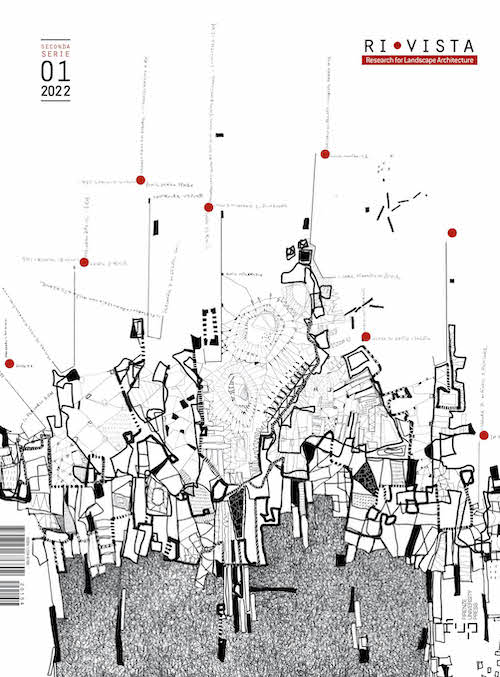Published 2022-07-01
Keywords
- Walking,
- forest architecture,
- co-design,
- imaginative drawing,
- Appalachian Mountains
How to Cite
Abstract
Contemporary walking paths are often composed of static surfaces, limiting pedestrians to prescribed routes. Piazzas and streets allow for wandering, but are likewise inert; one’s passage leaves no trace. A forest path, branching from a well-used hiking trail in the Appalachian Mountains records the passage of time through the pressure of the walker’s feet on leaves and soil. Negotiating topography and vegetation, fallen trees become thresholds and standing trees mark portals as the pedestrian wanders through rooms framed by living columns. On most days, the walker retraces the path, solidifying the route, but occasionally the walk branches freely. The forest path is a co-design, evolving by the action of walking and myriad life processes in the woods. Drawn on the earth by walking, a literal route has become the author’s figurative path, stimulating an imaginative drawing practice.






